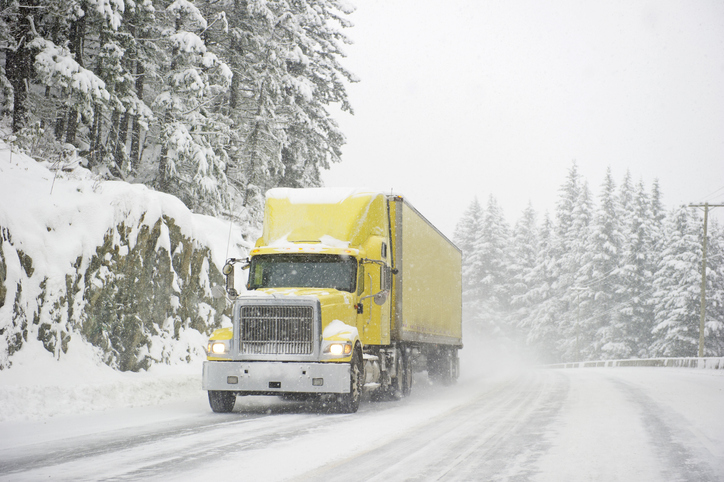With cooler days approaching, two frequent questions asked are how much #1 Fuel should I blend and when to start winterizing.
Why worry about this now?
1)The .40 CPG spreads on #1 fuel are holding
2)Many in the industry are now thinking it could get worse before getting better.
When to start winterizing?
In Kansas and Missouri, the transition to start using chemicals should begin around the first of October. Heavy fieldwork is not negatively affected by winter anti-gel(chemicals). So, start early with your anti-gel as the first line of defense and follow up with #1 fuel, usually in November.
An exception to this rule is for end-users who only buy fuel once or twice per year. They need to treat and blend on the last purchase of the year, probably in July or August.
How much #1 Fuel to blend?
Using #1 Fuel does have some drawbacks. For example, it contains less BTU, which reduces power, fuel economy, and is much drier. So, it provides very little lubricity. Using a winter premium fuel supplement will help offset these negatives. Cost of #1 Fuel is, of course, a big issue, but #1 is considered a necessary evil.
Some fuel marketers with the ability to custom blend ask, “should I leave it up to the customer.” This approach takes the pressure off the fuel marketer, and in many cases, is the best way to allow the end-user to help make the decision.
Some end-users might be willing to pay for only a 20% blend where others say 50-50, and some may say they will take their chances with #2 fuel and additive. I remind my customers that they certainly need to guide their customers based on their business operation and also depending on the quality of the fuel used. Determining the quality of the fuel requires fuel characterization testing and also monitoring of cloud points at the terminals the fuel marketer picks up their fuel. Fortunately, our lab can provide us with fuel characterization and cloud point information as long as we get the samples from the field(our customers).
Some distributors do not have enough tankage to do custom blending. They must bear even more responsibility. Their job is much more difficult because they try to satisfy most or all their customers with a single winter blended fuel.
For these situations, it is even more important to know the type and quality of #2 fuel that they use from the terminal. If they have a choice of terminals, they need to target a lower cloud fuel with cold-weather friendly characteristics.
While it causes a fuel marketer to pay more in freight costs to pull fuel from a more distant terminal, it still offers cost savings to his customers. The fuel marketer can target a terminal that has a consistent cold-weather friendly fuel, and that needs less #1.
Having more robust modern fuel additives available makes a big difference. It is especially necessary for situations where a terminal has been labeled as a “hard to treat fuel” or where #1 supply is questionable or not available. Hard to treat fuels generally require more #1 and more than a conventional “anti-gel.” Heavier anti-gel and WASA(wax anti-settling agents) concentrations are necessary, especially in stationery above ground tanks and equipment.
We look at each fuel marketer situation individually. A fuel marketer can manage his winter fuel program with a unique blend of the following: winter fuel additives, #1 blending, terminal targeting, and ongoing testing (achieving the best results over the next 3-5 months.)
By: Rob Frerking, ET Sales Rep – rfrerking@etproducts.com
